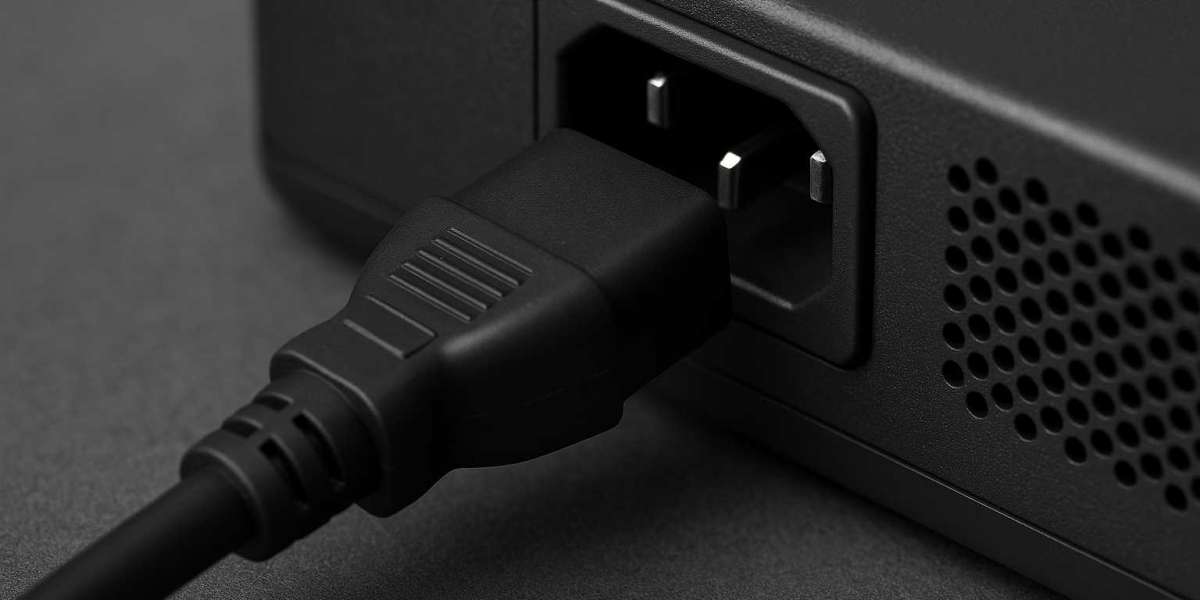Have you ever plugged in your computer or another device and wondered why the voltage is always the same? The answer comes from a set of rules called IEC standards. These standards help keep our electronics safe and working well, no matter where you are in the world. Let’s explore what the standard voltage means, especially for things like the IEC 320 plug and AC computer power cords.
What Does Standard Voltage Mean?
Standard voltage is a set value chosen so that all electrical systems and devices can work together safely. If every country used a different voltage, it would be hard to use electronics when you travel or buy new equipment. The International Electrotechnical Commission, or IEC, sets these standard voltages for everyone to follow.
Who Decides the Standard Voltage?
The IEC is a global group that creates rules for electricity and electronics. Their standard, called IEC 60038, lists the main voltages used in homes, offices, factories, and big power stations. This helps everyone design and use equipment that works safely and reliably.
The Exact Answer: What is the Standard Voltage in IEC?
The standard voltage in IEC systems depends on where and how the electricity is used. For most homes and offices, the IEC standard voltage is 230 volts (50 Hz) for single-phase systems and 400 volts (50 Hz) for three-phase systems. In some countries, like the United States, standard voltages are 120 volts for homes and 208 or 240 volts for larger appliances. For high voltage systems, IEC lists values like 3.3 kV, 6.6 kV, 11 kV, 22 kV, 33 kV, and even up to 1,100 kV for very large power lines.
Why Are Standard Voltages Important?
Standard voltages make it easy to design, build, and use electrical equipment anywhere in the world. If you buy a computer with an IEC 320 plug or an AC computer power cord, you can be sure it will work safely with the standard voltage in your country. This helps prevent damage to devices and keeps people safe.
What is the IEC 320 Plug?
The IEC 320 plug is a special connector used for power cords on computers, monitors, and other electronics. It’s designed to fit into a matching socket on your device. The plug and cord are built to handle standard voltages, usually up to 250 volts, so they work in many countries without any problems.
Common Standard Voltages in IEC
Here are some of the most common standard voltages you’ll see in IEC rules:
230 V (50 Hz): Used in most of Europe, Asia, Africa, and Australia for homes and offices.
400 V (50 Hz): Used for three-phase power in larger buildings and factories.
120 V (60 Hz): Used in the United States, Canada, and parts of Central and South America.
208 V, 240 V, 277 V, 480 V (60 Hz): Used for larger appliances and industrial equipment in North America.
High voltage levels: 3.3 kV, 6.6 kV, 11 kV, 22 kV, 33 kV, 66 kV, 110 kV, 220 kV, 400 kV, up to 1,100 kV for power transmission lines.
Table: IEC Standard Voltages for Common Uses
| Application | IEC Standard Voltage (AC) | Frequency (Hz) |
|---|---|---|
| Home/Office (Europe) | 230 V | 50 |
| Home/Office (USA) | 120 V | 60 |
| Large Appliances (EU) | 400 V (3-phase) | 50 |
| Large Appliances (USA) | 208/240/277/480 V | 60 |
| Power Transmission | 3.3 kV to 1,100 kV | 50/60 |
How Does Standard Voltage Affect AC Computer Power Cords?
AC computer power cords are built to handle the standard voltage in your country. For example, a cord with an IEC 320 plug in Europe is designed for 230 volts, while in the US, it’s made for 120 volts. Most cords are rated up to 250 volts, so they can be safely used in both places. This makes it easy to use your computer or monitor anywhere, as long as you have the right plug for the outlet.
Why Do Some Countries Use Different Voltages?
Countries chose their standard voltages a long time ago, based on the technology they had and what worked best for their needs. The IEC helps bring everyone closer together by listing preferred standard voltages, but some places still use different values. That’s why you sometimes need an adapter or converter when you travel.
What Happens If You Use the Wrong Voltage?
If you plug a device into a voltage that’s too high, it can break or even become dangerous. If the voltage is too low, the device might not work properly. That’s why it’s important to always check your AC computer power cord and IEC 320 plug for their voltage ratings before plugging them in.
How to Check Your Cord’s Voltage Rating
Look for small writing on your AC computer power cord or near the IEC 320 plug. You’ll usually see something like “250V” or “125V.” This tells you the highest voltage the cord can handle. Always use a cord with a rating equal to or higher than the voltage in your country.
Fun Facts About IEC Standard Voltages
The IEC has been updating standard voltages since the 1950s to help the world use electricity more safely.
Some countries are slowly changing their standard voltages to match IEC recommendations.
High voltage lines can carry electricity hundreds of miles with very little loss.
Why Knowing the Standard Voltage Matters
Knowing the standard voltage helps you choose the right equipment, avoid accidents, and keep your electronics working for a long time. It also makes it easier to travel or buy new devices from other countries.
Safety Tips for Using IEC 320 Plugs and Power Cords
Always check the voltage rating before using a new cord or plug.
Never use a cord that is damaged or frayed.
Use the right adapter if you travel to a country with a different voltage.
Ask an adult or expert if you’re not sure which cord or plug to use.
Summary
The standard voltage in IEC systems is usually 230 volts for homes and offices in most countries, and 400 volts for larger buildings and factories. In the United States, the standard is 120 volts for homes and 208 or 240 volts for bigger equipment. The IEC 320 plug and AC computer power cords are designed to safely handle these voltages, making it easy to use your electronics anywhere in the world. Always check your cord’s rating and follow safety tips to keep your devices running smoothly and safely.








